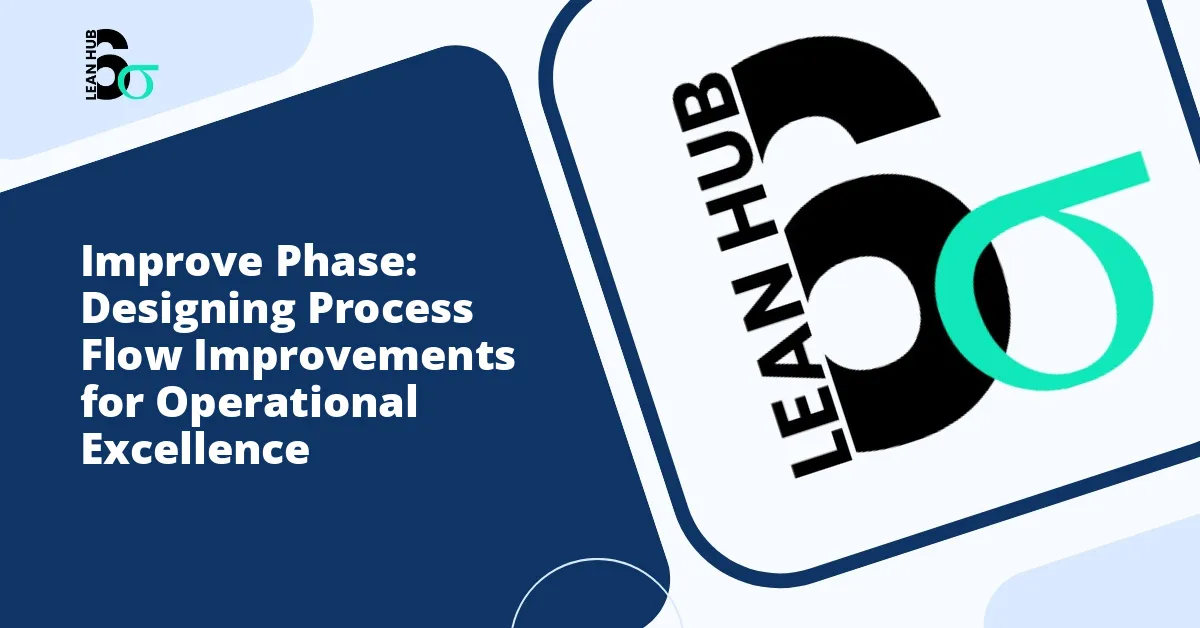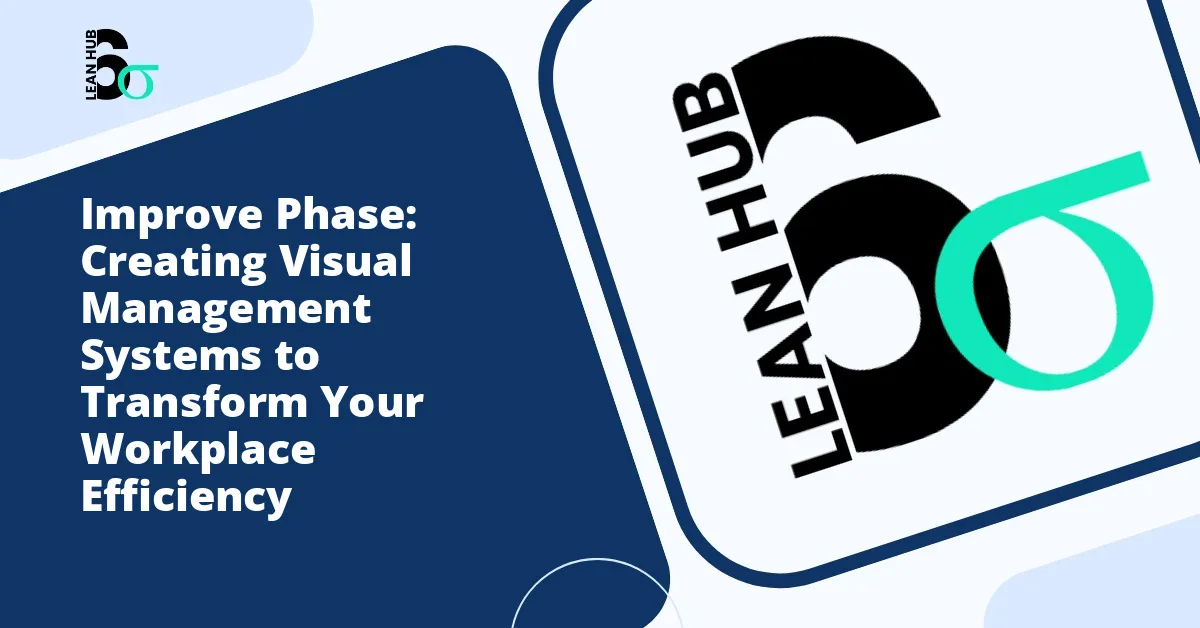In today’s competitive business environment, organizations must make strategic decisions about where to invest their limited resources. Whether you are implementing a new technology system, streamlining operations, or introducing process improvements, understanding the financial implications is critical. A thorough cost-benefit analysis serves as the foundation for justifying solution investments and securing stakeholder buy-in.
This comprehensive guide will walk you through the essential components of conducting a cost-benefit analysis, demonstrating how to present compelling evidence that your proposed improvements are worth the investment. You might also enjoy reading about 10 Error-Proofing Techniques You Can Implement Today to Transform Your Operations.
Understanding the Fundamentals of Cost-Benefit Analysis
A cost-benefit analysis is a systematic approach to evaluating the financial viability of a proposed project or improvement. It involves identifying, quantifying, and comparing all costs associated with implementing a solution against the expected benefits over a defined period. The goal is to determine whether the benefits outweigh the costs and by what margin. You might also enjoy reading about Total Productive Maintenance: Preventing Equipment Failures Before They Happen.
For organizations utilizing lean six sigma methodologies, this analysis becomes even more critical. The recognize phase of problem-solving requires teams to identify opportunities for improvement and evaluate their potential impact. A well-executed cost-benefit analysis provides the data-driven justification needed to move forward with confidence. You might also enjoy reading about Work Cell Design: Reorganizing Layout for Better Flow and Efficiency.
Identifying All Relevant Costs
The first step in building a convincing cost-benefit analysis is cataloging every expense associated with your proposed solution. Costs typically fall into two main categories:
Initial Investment Costs
These are one-time expenses required to implement the solution:
- Technology purchases or software licensing fees
- Equipment and hardware acquisition
- Consulting or professional services fees
- Training and education programs for staff
- Project management resources
- Implementation and integration expenses
- Physical infrastructure modifications
Ongoing Operational Costs
These are recurring expenses that continue throughout the life of the solution:
- Maintenance and support contracts
- Software subscription fees
- Additional staffing requirements
- Utility and operational overhead increases
- Continuous training and development
- Upgrade and enhancement costs
When working within a lean six sigma framework, particularly during the recognize phase, teams must be thorough in identifying hidden costs that might not be immediately apparent. This attention to detail ensures more accurate projections and prevents budget surprises later.
Quantifying Expected Benefits
Benefits are often more challenging to quantify than costs because they may be indirect or realized over extended periods. However, taking the time to estimate them accurately is essential for building a compelling business case.
Direct Financial Benefits
These are measurable improvements that directly impact the bottom line:
- Revenue increases from expanded capacity or new capabilities
- Labor cost reductions through automation or efficiency gains
- Material cost savings from reduced waste
- Lower error rates resulting in fewer costly mistakes
- Decreased inventory carrying costs
- Reduced regulatory compliance expenses
Indirect and Intangible Benefits
While harder to measure, these benefits still carry significant value:
- Improved customer satisfaction and retention
- Enhanced employee morale and reduced turnover
- Stronger competitive positioning
- Better data quality for decision-making
- Increased organizational agility and flexibility
- Risk reduction and improved compliance
- Brand reputation enhancement
When possible, assign monetary values to intangible benefits. For example, if employee turnover decreases, calculate the savings in recruitment and training costs. If customer satisfaction improves, estimate the lifetime value of retained customers.
Calculating Return on Investment
Once you have identified and quantified costs and benefits, you can calculate several key metrics that decision-makers use to evaluate investments:
Net Present Value (NPV)
NPV accounts for the time value of money by discounting future cash flows to present-day values. A positive NPV indicates that the investment is financially sound. This calculation is particularly important for long-term projects where benefits accrue gradually over several years.
Return on Investment (ROI)
ROI expresses the profitability of an investment as a percentage. The formula is straightforward: divide the net benefit by the total cost and multiply by 100. Higher ROI percentages indicate more attractive investments. Most organizations have minimum ROI thresholds that projects must meet to receive funding.
Payback Period
This metric indicates how long it takes for the cumulative benefits to equal the initial investment. Shorter payback periods generally make projects more appealing because they reduce risk and free up capital more quickly for other initiatives.
Incorporating Risk Assessment
No investment is without risk. A comprehensive cost-benefit analysis acknowledges potential obstacles and uncertainties:
Consider creating best-case, expected-case, and worst-case scenarios to demonstrate how your project performs under different conditions. This sensitivity analysis shows stakeholders that you have thought critically about what could go wrong and helps set realistic expectations.
Common risks to evaluate include:
- Implementation delays that postpone benefit realization
- Technology adoption challenges or user resistance
- Market changes that affect projected outcomes
- Vendor reliability or solution performance issues
- Regulatory changes that alter requirements
- Resource availability constraints
Presenting Your Analysis Effectively
Even the most rigorous cost-benefit analysis will fail to persuade if it is not communicated clearly. Consider these best practices when presenting your findings:
Know Your Audience
Tailor your presentation to the priorities and concerns of your stakeholders. Executives may focus on high-level ROI and strategic alignment, while operational managers might want detailed implementation timelines and resource requirements.
Use Visual Aids
Charts, graphs, and tables make complex financial information more digestible. Visual representations of payback periods, cumulative benefits over time, and cost breakdowns help stakeholders quickly grasp the key points.
Tell a Compelling Story
Numbers alone rarely inspire action. Frame your analysis within a narrative that explains the problem you are solving, why it matters, and how your solution addresses real business needs. Connect the investment to organizational goals and strategic priorities.
Address Objections Proactively
Anticipate questions and concerns, and address them directly in your presentation. This demonstrates thoroughness and builds credibility with decision-makers who appreciate transparency.
Leveraging Lean Six Sigma Principles
Organizations that embrace lean six sigma methodologies have a distinct advantage when conducting cost-benefit analyses. The structured approach of lean six sigma, particularly the recognize phase where opportunities are identified and prioritized, provides a framework for systematic evaluation.
During the recognize phase, teams gather baseline data about current performance, which becomes invaluable when projecting improvements. This data-driven approach removes guesswork and grounds your analysis in measurable reality. By documenting current state costs and inefficiencies, you create a clear contrast with the improved future state your solution will deliver.
Common Pitfalls to Avoid
Even experienced professionals can fall into traps when preparing cost-benefit analyses. Watch out for these common mistakes:
- Overestimating benefits or underestimating costs to make projects appear more attractive
- Ignoring opportunity costs of choosing one investment over alternatives
- Failing to account for change management and adoption challenges
- Using inconsistent time periods when comparing costs and benefits
- Neglecting to update the analysis as circumstances change
- Omitting stakeholder input that could reveal important considerations
Conclusion
A well-crafted cost-benefit analysis is more than a financial exercise. It is a strategic tool that demonstrates your commitment to responsible stewardship of organizational resources. By systematically evaluating costs against benefits, incorporating risk assessment, and presenting your findings persuasively, you position your improvement initiative for success.
Whether you are working within a lean six sigma framework or using other improvement methodologies, the principles of cost-benefit analysis remain constant. Begin with thorough identification of all costs and benefits, apply rigorous quantification methods, calculate meaningful financial metrics, and present your case in a way that resonates with stakeholders.
Remember that the goal is not simply to secure approval for your project, but to ensure that your organization makes wise investments that deliver genuine value. When done correctly, cost-benefit analysis serves as both a decision-making tool and a roadmap for measuring success once implementation begins.








